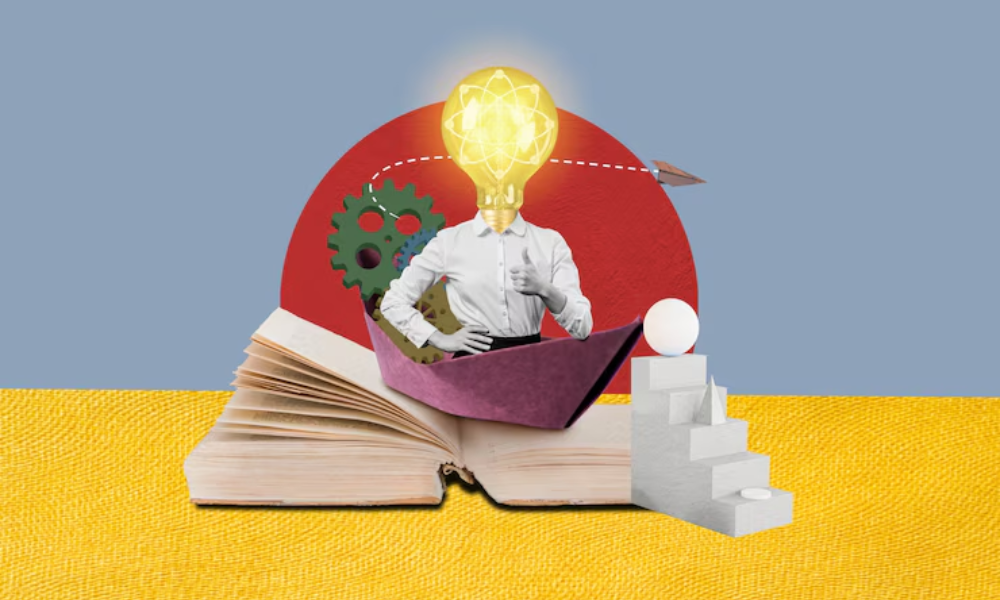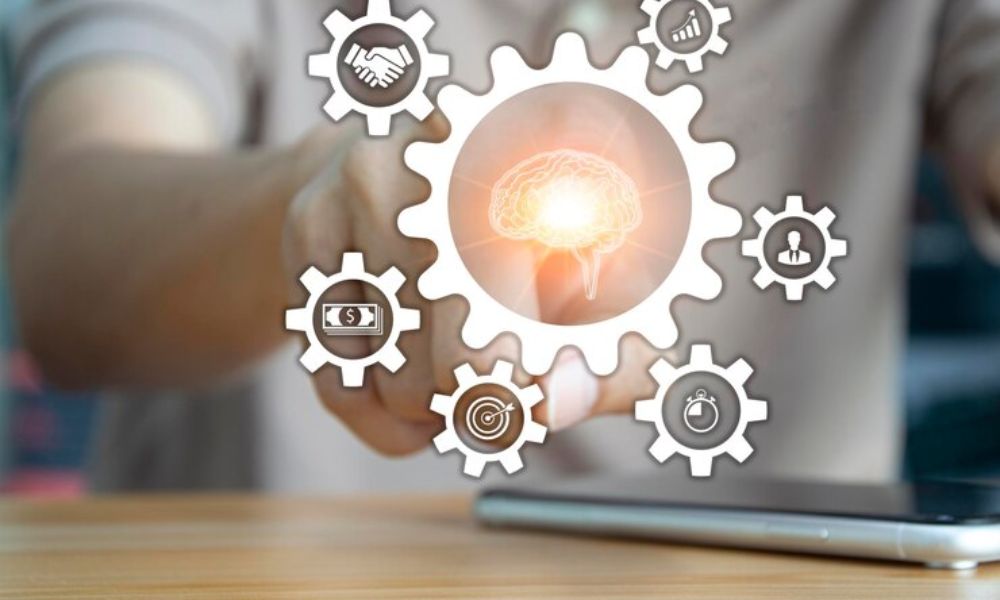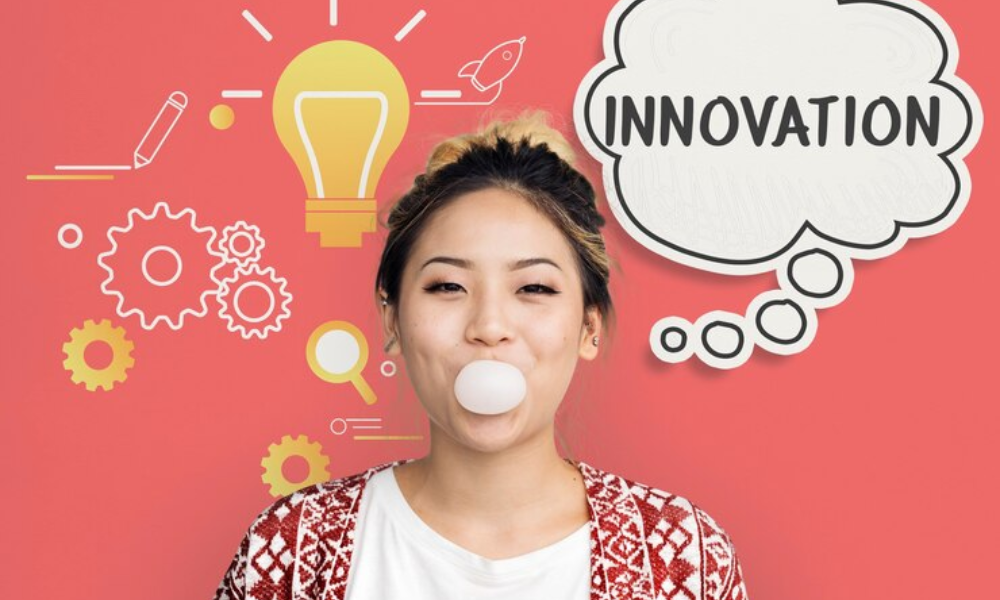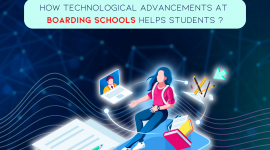Innovation in education refers to the process of introducing new ideas, methods, and approaches to improve the teaching and learning experience. It encompasses a wide range of changes, from incorporating new technologies to developing alternative teaching strategies and curricular designs.
The goal of innovation in education is to make the learning process more engaging, effective, and relevant for students in the 21st century.
At its core, innovation in education is about recognizing the need for change and embracing a mindset of continuous improvement. Traditional education models often fail to meet the diverse needs of today’s learners, who are growing up in a rapidly evolving world.
By embracing innovation, educators can create more personalized, student-centered learning environments that better prepare students for the challenges and opportunities they will face in their personal and professional lives.
Why is Innovation in Education Important?

In a world that is constantly changing, the skills and knowledge required for success are also constantly evolving. The traditional education model, which often focuses on rote learning and standardized testing, is increasingly ill-equipped to prepare students for the demands of the modern workforce and society.
Innovation in education is important for several key reasons:
- Preparing Students for the Future: The jobs of the future will likely look very different from those of today. By incorporating innovative teaching methods and incorporating new technologies, educators can help students develop the critical thinking, problem-solving, and adaptability skills that will be essential for navigating an uncertain future.
- Addressing Diverse Learning Needs: Not all students learn in the same way or at the same pace. Innovation in education allows for the development of more personalized learning experiences that cater to the unique needs and strengths of each student.
- Fostering Creativity and Engagement: Traditional education models can often be dry and uninspiring, leading to disengagement and a lack of motivation among students. Innovation in education can help to make the learning process more engaging and stimulating, encouraging students to think creatively and explore their passions.
- Improving Outcomes: Ultimately, the goal of innovation in education is to improve student outcomes, whether that means higher academic achievement, better social-emotional development, or increased preparedness for post-secondary education and the workforce.
What are Examples of Innovation in Education?

Innovation in education can take many forms, from the incorporation of new technologies to the development of alternative teaching strategies. Here are some examples of innovative practices in education:
Personalized Learning
Personalized learning involves tailoring the curriculum and learning experiences to the unique needs and interests of each student. This can involve the use of adaptive learning technologies, student-led project-based learning, and individualized learning plans.
Blended Learning
Blended learning combines traditional face-to-face instruction with online or digital learning components. This approach allows students to take advantage of the benefits of both in-person and virtual learning, such as increased flexibility, access to a wider range of resources, and more opportunities for collaboration.
Project-Based Learning (PBL)
In project-based learning, students work on long-term, real-world projects that allow them to apply their knowledge and skills to solve complex problems. PBL encourages students to develop critical thinking, problem-solving, and collaboration skills.
Maker Education
Maker education emphasizes hands-on, experiential learning, where students design, build, and create physical or digital products. This approach fosters creativity, innovation, and a sense of empowerment among students.
Virtual and Augmented Reality
The incorporation of virtual and augmented reality technologies in the classroom can create immersive, interactive learning experiences that engage students and enhance their understanding of complex concepts.
Social-Emotional Learning (SEL)
Social-emotional learning focuses on developing students’ self-awareness, self-management, social awareness, relationship skills, and responsible decision-making. This approach recognizes the importance of nurturing the whole child, not just their academic performance.
How Can Educators Implement Innovation in the Classroom?

Implementing innovation in the classroom can be a daunting task, but there are several strategies that educators can use to get started:
- Embrace a Growth Mindset: Fostering a growth mindset among both teachers and students is essential for driving innovation in education. This means being open to new ideas, willing to take risks, and embracing the process of continuous learning and improvement.
- Collaborate with Colleagues: Collaborating with other educators, both within and outside of your school or district, can be a powerful way to share best practices, learn from one another, and co-create innovative solutions.
- Seek Out Professional Development Opportunities: Attending workshops, conferences, or online courses focused on innovative teaching practices can help educators stay up-to-date on the latest trends and techniques in education.
- Leverage Technology: Incorporating educational technology, such as learning management systems, virtual classrooms, and digital assessment tools, can enhance the learning experience and make it more engaging for students.
- Involve Students in the Process: Engaging students as active participants in the learning process, rather than passive recipients, can foster a sense of ownership and investment in the success of innovative initiatives.
- Start Small and Scale Up: Implementing innovation in education doesn’t have to be an all-or-nothing proposition. Educators can start by piloting small, manageable changes and then gradually scale up successful initiatives over time.
Overcoming Challenges to Innovation in Education

While the benefits of innovation in education are clear, there are also several challenges that educators and policymakers must navigate:
- Resistance to Change: Some educators and administrators may be resistant to adopting innovative practices, particularly if they are accustomed to traditional teaching methods.
- Funding Constraints: Implementing innovative programs and technologies can be resource-intensive, and many schools and districts face tight budgetary constraints.
- Standardized Testing and Accountability: The emphasis on standardized testing and accountability measures can sometimes discourage educators from taking risks and trying new approaches.
- Equity and Access: Ensuring that all students, regardless of their background or socioeconomic status, have access to innovative educational opportunities can be a significant challenge.
- Measuring Impact: It can be difficult to measure the long-term impact of innovative educational practices, making it challenging to demonstrate their effectiveness to policymakers and stakeholders.
Despite these challenges, the potential benefits of innovation in education make it a crucial area of focus for educators, policymakers, and communities.
By embracing a culture of innovation and continuously working to improve the learning experience, we can better prepare students for the demands of the 21st century and help them unlock their full potential.









